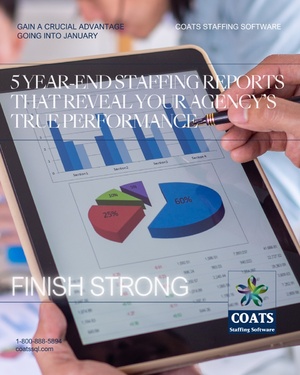Introduction:
The period from 2006 to 2020 witnessed the emergence of Era 4, a transformative time in recruitment due to technological advancements and the rise of social media. The emergence of social media platforms has fundamentally transformed the way individuals communicate and connect, presenting new opportunities and complexities in the realm of job searching. On one hand, social media has expanded the reach and visibility of candidates, allowing them to showcase their professional achievements, skills, and interests to a wider audience. It has become a powerful tool for networking, enabling job seekers to connect with professionals, industry leaders, and potential employers in ways that were not possible before. Moreover, social media provides valuable insights into company cultures and values, helping candidates make informed decisions about the organizations they wish to pursue.
However, the increasing reliance on social media for recruitment also presents challenges for both candidates and recruiters. For candidates, maintaining a professional online presence becomes crucial, as employers often conduct online screenings and assess a candidate's digital footprint. It requires careful curation of social media profiles and content, ensuring that they align with the desired professional image. On the other hand, recruiters face the daunting task of navigating through vast amounts of online information to identify suitable candidates, distinguishing genuine qualifications from embellished profiles, and managing the ethical implications of using social media in the hiring process. The evolving communication landscape, with its rapid dissemination of information and the potential for misinterpretation, adds an extra layer of complexity to the recruitment process.
In conclusion, social media has undeniably revolutionized the recruitment landscape, offering unprecedented opportunities for job seekers and recruiters alike. It has facilitated connections, expanded access to talent pools, and provided valuable insights into candidates' skills and cultural fit. Nevertheless, it also brings forth challenges related to privacy, authenticity, and managing online personas. As the digital world continues to evolve, it is crucial for both candidates and recruiters to navigate these challenges with awareness, adaptability, and a commitment to ethical practices in order to harness the full potential of social media in the job search and recruitment process. Below are some additional changes we’ve seen in most recent years to hiring:
The Rise of LinkedIn: Transforming Recruitment
LinkedIn, the leading professional networking platform, revolutionized the recruitment industry. LinkedIn’s story starts in 2003 when it was first launched as a platform for professionals to network and build relationships. It rapidly gained a following among business professionals and by 2004, LinkedIn had 1 million users. From then on, the platform continued to grow exponentially. Recruiters gained unprecedented access to candidates' profiles, allowing them to scout talent discreetly and continuously. This new digital rolodex and resume file cabinet empowered recruiters to build a comprehensive talent pipeline.
Proactive Searching: Leveraging Advanced Filters and Algorithms
With the advent of social media, recruiters became more proactive in their searches. Advanced search filters and algorithms enabled them to identify the most suitable candidates for specific job openings. Search engines make extensive use of algorithms to learn about job seeker behavior and direct them to the right information. As employers decide how to post open roles, it’s important to keep in mind that job sites are search engines. Understanding that algorithms will help candidates find open roles will help you optimize how you advertise. This newfound efficiency helped streamline the hiring process and reduced the time required to find top talent.
Building Relationships: Engaging with Potential Candidates
Social media facilitated the establishment of stronger relationships between recruiters and potential candidates. Messaging and other communication tools allowed recruiters to engage with candidates in real-time, fostering meaningful connections beyond the traditional application process. This personal touch enhanced candidate experience and increased the likelihood of successful hires.
Evolving Communication Landscape: The Emergence of Texting and Instant Messaging
Texting, instant messaging, and other communication tools began to play a more significant role in Era 4 recruitment practices. These platforms offered convenient and efficient ways to communicate with candidates, resulting in faster response times and improved overall candidate engagement.
The Importance of Digital Archives: USBs and Backup Drives
In this era, leaving a company required employees to consider their digital footprint. USBs and backup drives became vital tools for transferring and safeguarding professional documents and projects. Storing and preserving this digital knowledge became crucial for both personal and organizational growth.
Conclusion:
The Era 4 of recruitment, spanning from 2006 to 2020, witnessed a significant shift in the industry due to the explosive growth of social media and the advent of professional networking platforms like LinkedIn. While these changes provided numerous benefits for both candidates and recruiters, they also brought forth new challenges. Recruiters were empowered to access vast candidate pools, leverage advanced search technologies, and build stronger relationships. However, the ever-evolving digital landscape necessitated adapting to new communication tools and maintaining effective digital archives. Overall, Era 4 marked a turning point in the recruitment landscape, emphasizing the need for continuous innovation and adaptation to thrive in the future.





